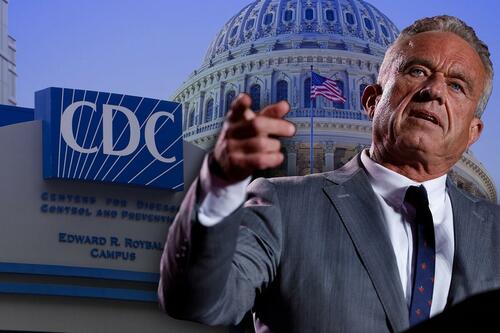
Navigating Turbulence: The Impact of U.S. Tariffs on Global Financial Markets
Tháng 4 3, 2025
Trump’s New Trade Tactics: Negotiation Over Tariffs in a Changing Landscape
Tháng 4 3, 2025Unprecedented Layoffs at HHS: Implications and Reactions
The recent layoffs at the U.S. Department of Health and Human Services (HHS) have sent shockwaves through the federal workforce, leaving many employees reeling as they navigate the uncertainties brought about by significant staffing reductions. This move, aimed at downsizing the department from 82,000 to 62,000 employees, represents a staggering 25% reduction in HHS’s workforce. Such drastic changes not only impact the individuals directly affected but also echo throughout various essential health programs that millions of Americans rely on.
The Scale of Job Cuts: Unraveling Impact on Federal Health Agencies
At the heart of this workforce reduction are notable agencies vital to public health, including the Food and Drug Administration (FDA), which will see roughly 3,500 employees cut, and the Centers for Disease Control and Prevention (CDC), which will lose around 2,400 staff members. Other critical agencies like the National Institutes of Health (NIH) and the Centers for Medicare and Medicaid Services (CMS) are also part of this downsizing initiative.
These layoffs threaten to hinder crucial public health initiatives, particularly programs targeting cancer research, mental health support, opioid addiction prevention, and infectious disease management. The Health Resources and Services Administration (HRSA), which plays a pivotal role in delivering healthcare to underserved populations, is also feeling the brunt of these cuts.
The Chaotic Response: Employee Distress and Structural Changes
The atmosphere among employees at HHS has been one of confusion and distress. Reports indicate that many workers were blindsided by the layoffs, with some learning of their job loss only after discovering that their security badges no longer worked. This level of disarray reflects a larger trend of disruption within the agency, as heightened security measures and long lines contributed to an environment steeped in chaos.
Adding fuel to the fire, the resignation of FDA’s prominent official, Peter Marks, has further complicated matters. Marks stepped down due to clashes with HHS Secretary Robert F. Kennedy Jr. over issues concerning vaccine safety and transparency, a significant topic amid an ongoing public health crisis. His departure has not only placed additional pressure on vaccine stocks but also cast a shadow over the agency’s future direction in vaccine policy.
Future Outlook: HHS’s Rebranding and Restructuring Efforts
Amid these challenges, HHS has announced a strategic rebranding, preparing to rename the department to the Administration for a Healthy America (AHA). This reorganization plan aims to consolidate the existing 28 divisions into just 15, signifying a major restructuring effort designed to streamline operations and potentially enhance efficiency.
The shifting landscape within HHS raises essential questions about the federal government’s commitment to maintaining strong health programs during a critical period for public health. As the dust settles on these sweeping layoffs, stakeholders will be closely monitoring how these organizational changes will affect health services and outcomes across the nation.
Ultimately, the unfolding situation at HHS is a significant development in the intersection of federal workforce management and public health policy, whose ramifications will undoubtedly be felt for years to come. As we navigate these changes, the focus remains on the possible impacts on public health programs that serve the needs of millions across the United States.

